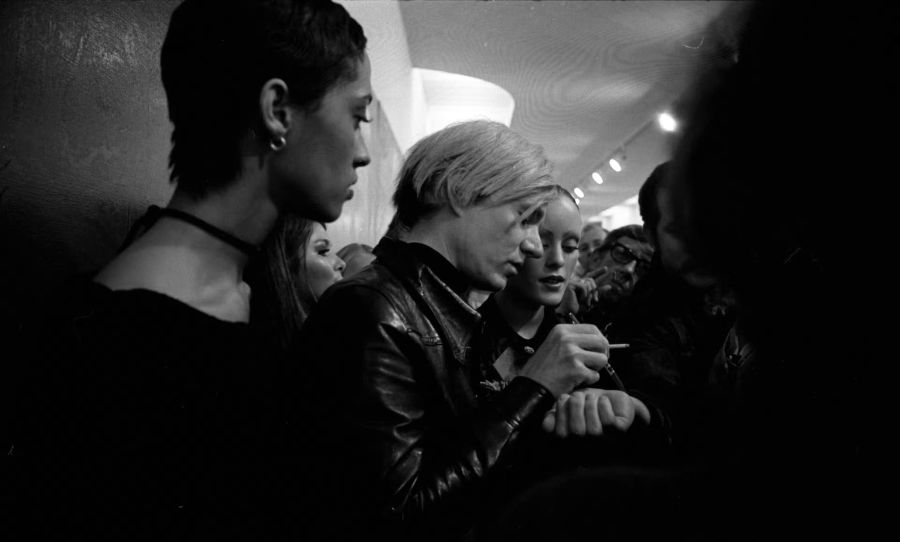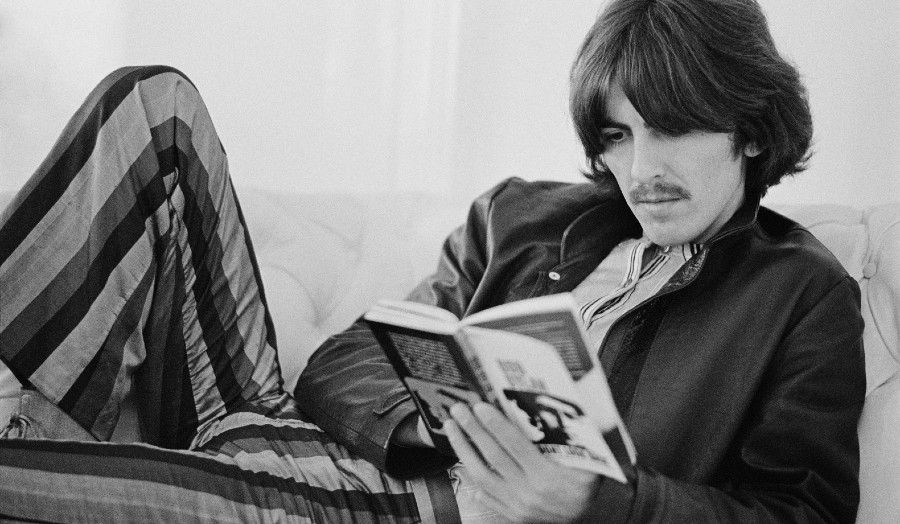Laurence Leamer’s Warhol’s Muses uncovers the untold stories of the women shaped by Warhol’s fame
Andy Warhol famously said that everyone would be famous for 15 minutes — but for a select few women caught in his chaotic orbit, those 15 minutes cost them their sanity, their identity, sometimes even their lives.
In Warhol’s Muses: The Artists, Misfits, and Superstars Destroyed by the Factory Fame Machine (Penguin), veteran journalist Laurence Leamer ditches the Campbell’s soup cans and silver balloons to deliver a gut-punching portrait of the women Warhol made, unmade, and often erased in the name of art — or more accurately, in the name of Andy.

This isn’t another rose-tinted Factory retrospective, where the amphetamines sparkle and Edie Sedgwick floats through life like a tragic pixie. Instead, Leamer turns the camera onto Warhol’s so-called muses — Edie, Brigid Berlin, Ultra Violet and others — and shows just how high the price of being near greatness can be when that greatness is cold, calculating, and clutching a tape recorder.
“I didn’t want to write another biography that focused on Warhol himself,” Leamer told Pittsburgh City Paper. “This was a unique way of looking at him. When you understand the women in his life, the ‘60s look different. Warhol looks different.”
“He paid them in proximity,” Leamer said. That proximity was intoxicating. It was also toxic.
The Factory was sold as a wild, glittering free-for-all — a breeding ground for New York’s beautiful misfits and the birthplace of Pop. But Leamer argues it was less an art studio and more a fame lab, where Warhol played both god and voyeur, manufacturing celebrity while mining emotional chaos for material. These women were his co-stars, yes, but they were also his raw material. “Warhol didn’t just create art,” he said. “He manufactured celebrity, and these women were both his materials and his muses.”
Leamer doesn’t frame Warhol as a monster — but he doesn’t pull punches either. Warhol emerges as a figure who was often silent, always watching, and ruthlessly selective about whose suffering was aesthetic enough to be interesting. He gave these women exposure, then exposed them. One moment a muse, the next a memory.
The book dives into hundreds of hours of Warhol’s obsessive tape recordings, held in the archives of the Warhol Museum in Pittsburgh — the city Warhol spent a lifetime trying to forget. Accessing those tapes came at a cost (a grand and a non-disclosure agreement), but what Leamer unearthed is chilling: “He barely spoke,” he said. “He just recorded everything. He let others talk. It was eerie.”

What Warhol’s Muses does best is shift the spotlight back to the women — not as tragic footnotes in the Warhol mythology, but as full, messy, brilliant humans who believed, even if only briefly, that Warhol could make them stars. Some were heiresses. Others, rebels. All were vulnerable in their own way, drawn in by the promise of freedom and found themselves framed — quite literally — in someone else’s vision.
“He was a prophet of celebrity culture,” Leamer said. “But he also understood its emptiness.”
As the art world continues to canonise Warhol, with his image slapped on tote bags and quoted in Instagram bios, Leamer’s book yanks the curtain back. The Factory wasn’t just an experimental playground. It was a machine — and like all machines, it left wreckage in its wake.
Ultimately, Warhol’s Muses asks a brutally relevant question in the influencer age: what’s the cost of being seen, and who’s paying it?



